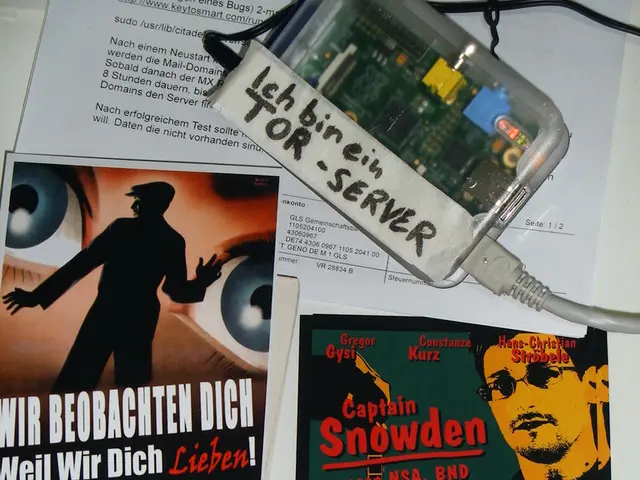Adjustments to supply chains and regulations pose challenges to Cybersecurity Protective Strategies in various industries.
In a rapidly evolving digital landscape, the protection of Cyber-Physical Systems (CPS) has become a paramount concern for organizations worldwide. A recent study sheds light on the current state of CPS security and the transformative role of Artificial Intelligence (AI) in addressing the challenges that lie ahead.
As companies continue to integrate new suppliers and tools, the attack surface expands, creating more opportunities for cyber-attacks. However, AI is increasingly becoming an essential component of CPS security strategies, helping to manage limited security resources effectively. According to the study, an impressive 93% of respondents consider AI capabilities at least somewhat necessary for their CPS protection tools.
The study, which focused on mission-critical environments such as industrial operations, connected medical devices, and building management systems, revealed that 69% of respondents' strategies closely follow international and local standards. Organizations like KPMG, TÜV Nord EnSys, and institutions involved in critical infrastructure protection under German federal laws, such as the Bundesamt für Sicherheit and Bundesdruckerei, are at the forefront of this AI-driven security revolution. These organizations deploy AI to automate risk assessment, anomaly detection, and continuous system monitoring, expecting benefits such as improved threat detection and prioritization, increased transparency over IT and OT infrastructures, efficient use of limited cybersecurity personnel, adaptive security measures, real-time anomaly detection, and enhanced compliance with national security regulations.
AI also aids smaller teams in managing complex environments by automating tasks such as log analysis and incident response. However, the study also highlighted the challenges organizations face, such as meeting regulatory mandates, managing third-party access risks, and maintaining accurate inventories of connected assets.
One of the most pressing issues is the shift in global supply chains, which has a direct impact on third-party access risk. Nearly half of the respondents said that changes to global supply chains are increasing cyber risk within their organizations. In many cases, these breaches involved malware or ransomware introduced through compromised supplier accounts.
In response, many businesses are reconsidering where they source technology, with 67% saying they are rethinking their supply chain geography in response to economic and geopolitical uncertainty. Risk reduction, cost savings, and lack of visibility into vendor activity were the top reasons for these reviews.
Nearly three-quarters of respondents are currently re-evaluating third-party remote access to CPS environments. The report found that 46% of organizations experienced a breach in the past year tied to third-party vendor access.
As the deadline for the Cyber Resilience Act and NIS2 approaches in Europe, organizations are updating their compliance programs to meet the new requirements. Most organizations currently align their CPS security programs with frameworks such as the NIST Cybersecurity Framework or ENISA guidelines in Europe.
AI is seen as a tool to improve threat detection and response times, especially in identifying anomalies and zero-day vulnerabilities. Forty-five percent of respondents expressed concern about their ability to reduce cyber risk to key CPS assets and processes.
In conclusion, the integration of AI into CPS security strategies offers a promising solution to the complex challenges faced by organizations today. However, the ongoing shift in global supply chains, the need for regulatory compliance, and the constant threat of cyber-attacks necessitate a vigilant and adaptive approach to CPS security.
Read also:
- Elon Musk Acquires 26,400 Megawatt Gas Turbines for Powering His AI Project, Overlooks Necessary Permits for Operation!
- Predictive modeling introduced in DP World's automotive supply chain operations
- U Power's strategic collaborator UNEX EV has inked a Letter of Intent with Didi Mobility to deploy UOTTA(TM) battery-swapping electric vehicles in Mexico.
- Commercial-grade hydrogen enhancement systems manufacturing initiated by H2i Technology







